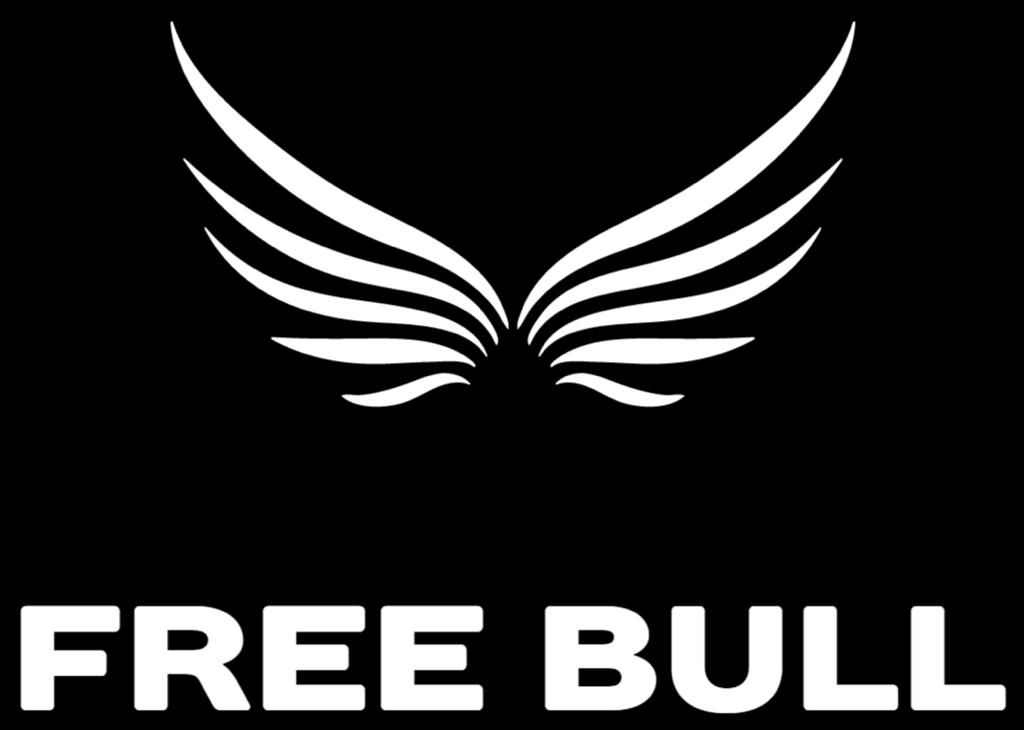Dear clients,
China’s consumer sector slipped into deflation in July and factory prices continued to fall as the world’s second-largest economy struggles to revive demand and Beijing is forced to resort to more direct policy stimulus measures.
China became the first G20 country to report a year-on-year decline in consumer prices since Japan’s core CPI was last negative in August 2021, and the decline is fuelling fears of a hit to business among major trading partners.
There is growing concern that China is entering an era of much slower economic growth, reminiscent of the „lost decades“ period in Japan, where consumer prices and wages stagnated for a generation, in stark contrast to the rapid inflation seen elsewhere. China’s post-pandemic recovery slowed after a strong start in the first quarter as demand at home and abroad weakened and a flurry of measures to support the economy failed to boost activity.
The consumer price index (CPI) fell 0.3% year-on-year in July, the National Bureau of Statistics said on Wednesday, compared with the median estimate of a 0.4% decline recorded earlier. It was the first decline since February 2021. The producer price index (PPI) declined for the 10th straight month, falling 4.4% and beating forecasts for a 4.1% decline.
China’s low prices are in stark contrast to the crippling inflation seen in most other major economies, forcing other countries‘ central banks to quickly raise interest rates.
Beijing has set this year’s consumer inflation target at around 3%, above the 2% seen in 2022, and so far authorities have played down fears of deflation.
Liu Guoqiang, deputy governor of the central bank, said last month there would be no deflationary risks in China in the second half of the year, but said the economy needed time to recover from the pandemic.
Investors had anxiously expected policymakers to start stimulating the economy after a strong Politburo meeting last month, but the stock market was largely disappointed by the lack of concrete action.


